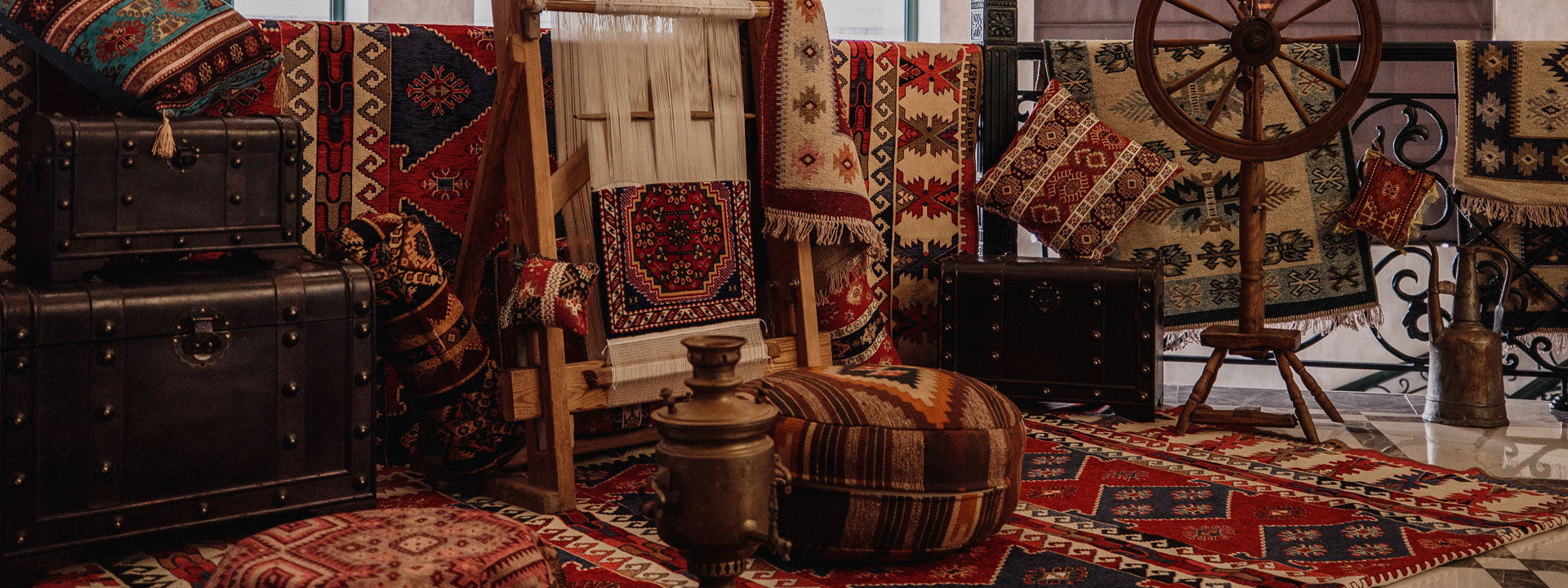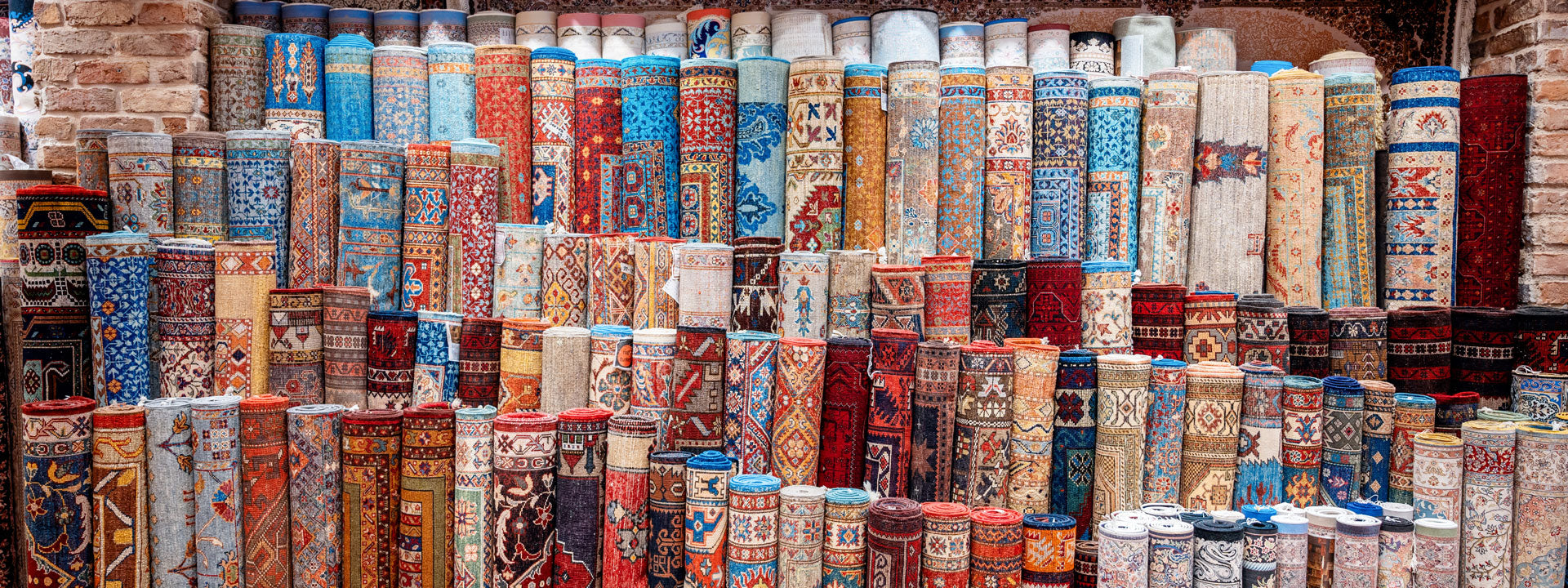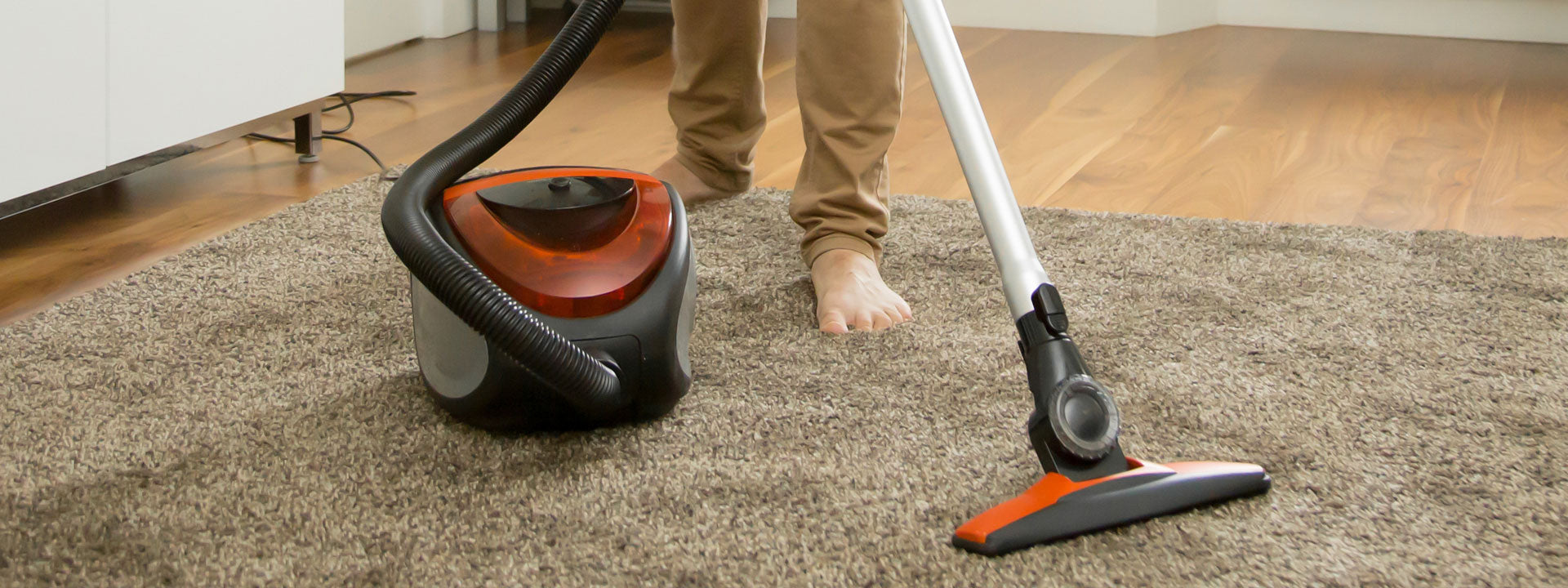
OUR GUIDE TO CARING FOR ANTIQUE CARPETS, RUGS AND TAPESTRIES
, by Natalia Rugs , 4 min reading time

, by Natalia Rugs , 4 min reading time
If kept free of dust and placed where they will not get heavy wear, antique carpets and rugs can stand normal everyday use.
Whether hung against a wall or on the floor, always keep carpets and rugs on a flat, clean, dry surface.
Floor carpets need an underlay – with a slightly tacky surface to reduce slip – cut to fit their size exactly.
Never nail or glue the carpet to anything. Place antique floor carpets wisely, preferably where they will get the least wear.
Rubber pads or wooden cups will relieve the localized pressure of furniture feet.
Move carpets around occasionally, so that any wear distributes evenly.
Displaying Antique Carpets:
Only wall-hang delicate or rare pieces, lengthways so that the warp takes the weight. Small pieces can be mounted by a specialist framer onto a linen backing and fitted into a wooden stretcher. Then box-mounted with a Perspex window for further protection. For larger textiles, stitch wide Velcro tape along the top on the reverse side. Take care to sew between the carpet threads, not through them. Staple the receiving Velcro strip to a wooden batten fixed to the wall.
Heavy textiles may need additional support tapes running vertically down the back to help spread the weight. Dyes fade in intense light. Use cool-beam, fiber optic, or low-wattage incandescent lights for any highlighting effect. Draw curtains when not using a room during the day.
Cleaning:
Never allow dust to build up in carpets, as it has a sandpaper effect on the fibers.
Beyond removing dust, leave major cleaning to a conservator.
Avoid proprietary cleaners on antique pieces, as they can have a clogging effect. If a carpet is tough enough to be in use, it will benefit from regular vacuuming. Go in the direction of the pile, and vacuum the back and the floor beneath about every 6 months.
For a fragile or wall-hung piece, it may be sufficient to shake out loose dirt regularly, or to use a low-suction setting or fitting on the vacuum cleaner and fix a fine-meshed net or stocking over the nozzle with an elastic band. Clean both back and front every 6 months – if possible do this during the summer months when moths are breeding.
Treating spills:
Treat accidental spills immediately: soak up surplus liquid with a plain white paper towel, or a clean color fast tea towel.
Sprinkle table salt liberally over the stain to draw out remaining moisture, and vacuum when dry.
A good dousing in soda water which is then soaked up with clean towels is effective for urine and other light stains.
Soak old stains with a solution of two tablespoons of salt to a pint of water – but beware: salt can have a bleaching effect.
A carpet made after around 1870 may contain synthetic aniline dyes, which were of variable fastness when first introduced, so do a spot test. first.
Gently lift wax off with a fingernail. The remainder can be absorbed into white blotting paper pressed on a with a lukewarm iron.
Remove chewing gum by pressing with ice cubes in a plastic bag to chill and harden it, then try easing it off gently with your fingernail. If any of the above methods do not work easily, a stain should be left until it can be treated by a conservator like us,
Storage:
For long-term storage choose a cool, dark, dry, and well-ventilated place.
Folding causes creases and uneven wear, so roll the rug, right side out, around an acid-free cardboard or inert plastic tube (a plastic drainpipe is ideal) of as wide a diameter as possible.
Roll in the direction of the pile, from the top of the carpet – the pile moves smoothly away from the top like a cat’s fur when stroked in the right direction – or with a tapestry-weave, in the direction of the warp. Smooth out as you roll and interleave with acid-free tissue. Finally, tie a dust proof sheet around the roll and store it horizontally – never vertically, as this distributes the weight unevenly.
Restoration:
Fraying, holes, burns or other damage to antique carpets or tapestries must be repaired by a specialist. Expert repairs involve exact matching of dyes, threads and knots, and possibly inserting a patch or reinforcing the warp and weft.
Contact us for professional cleaning which is recommended every 3 years or earlier, and we undertake all types of restoration.
Visit our website to view more blogs like these...
S.Barretto


